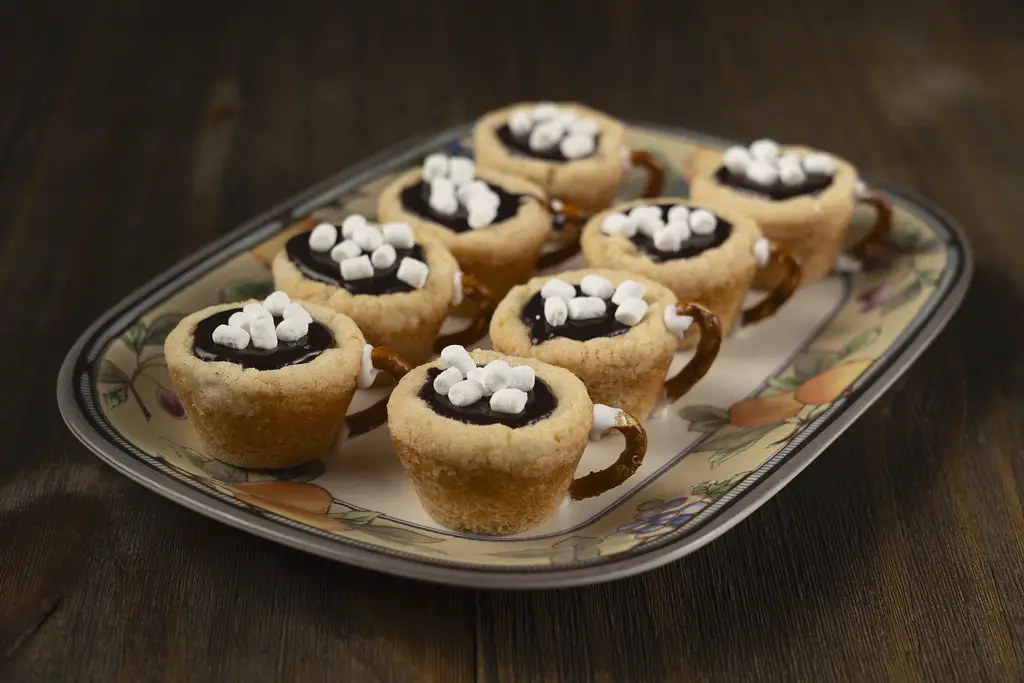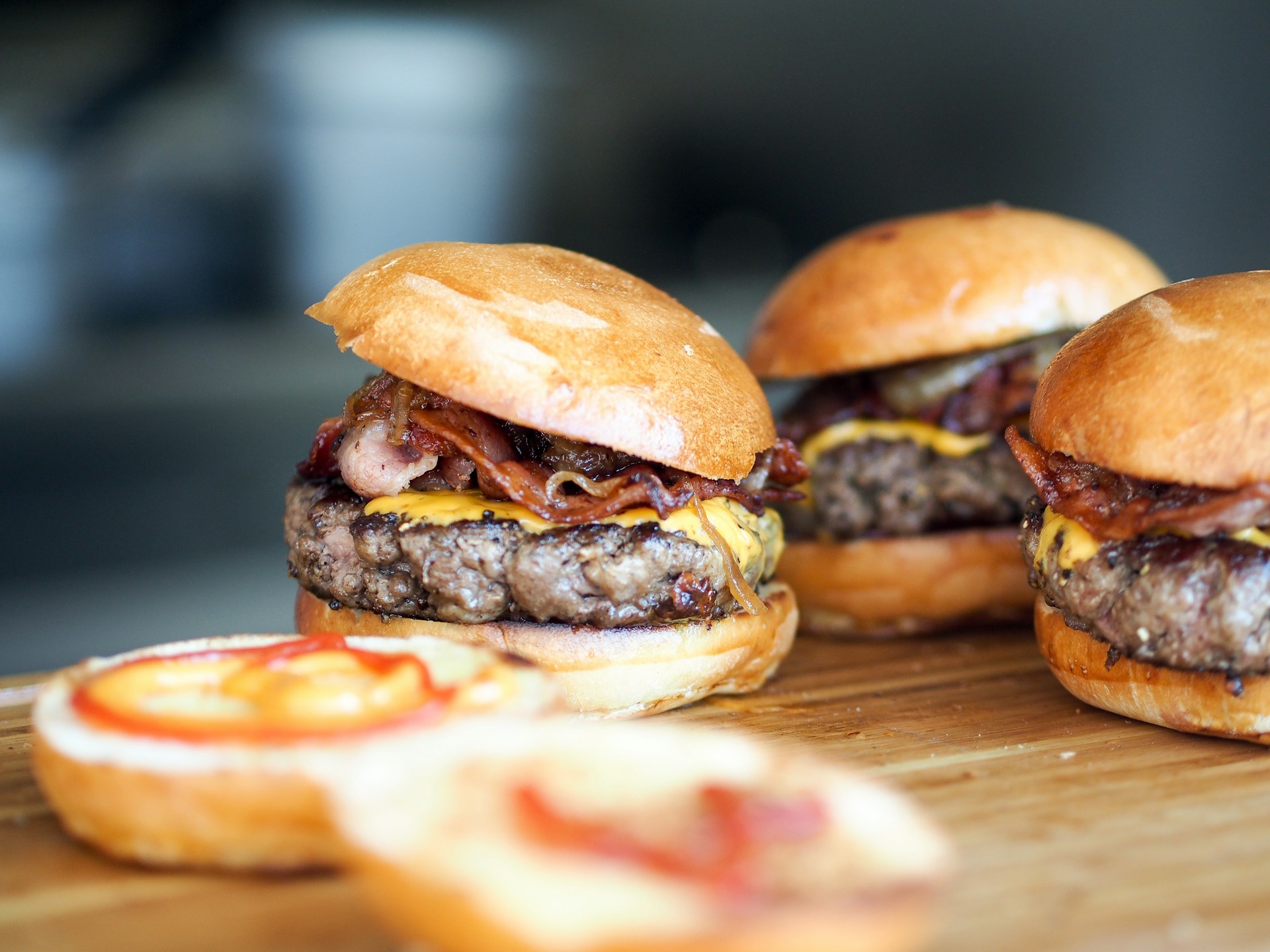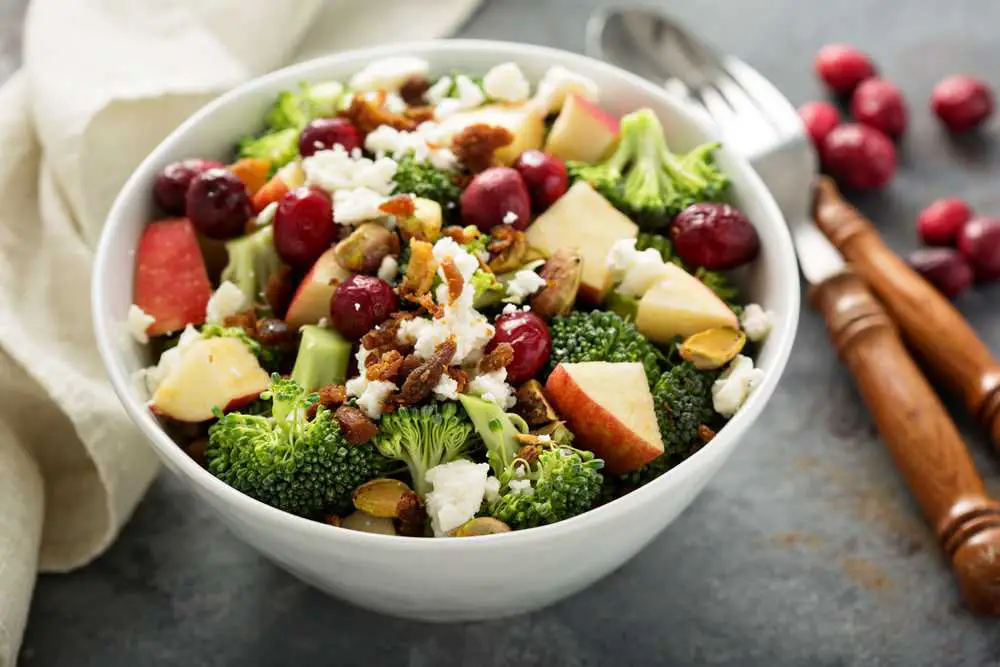Creating cookie cups is a delightful twist on traditional cookie baking, allowing for endless possibilities of fillings, from ice cream to fruit, to chocolate mousse. The unique shape of these edible vessels adds a touch of whimsy to dessert time, making them perfect for parties, special occasions, or just a fun weekend project with the kids. In this article, we’ll go through a basic cookie cup recipe, including tips for ensuring your cookie cups come out perfectly every time.
Ingredients:
1/2 cup (115g) unsalted butter, softened
3/4 cup (150g) granulated sugar
1 large egg
1 teaspoon vanilla extract
1 1/2 cups (190g) all-purpose flour
1/4 teaspoon salt
1/2 teaspoon baking powder
Optional for Serving:
Your choice of fillings (chocolate ganache, fruit, ice cream, etc.)
Powdered sugar for dusting
Equipment:
Mini muffin tin
Rolling pin
Mixing bowls
Electric mixer or whisk
Instructions:
Preheat your oven to 350°F (175°C) and lightly grease a mini muffin tin.
Cream the butter and sugar together in a large mixing bowl until light and fluffy. You can use an electric mixer or a whisk.
Add the egg and vanilla extract, mixing well after each addition.
Sift together the flour, salt, and baking powder. Gradually add the dry ingredients to the wet ingredients, mixing until a dough forms.
Chill the dough for at least 30 minutes. This makes it easier to handle and helps prevent spreading.
Roll out the dough on a lightly floured surface to about 1/4 inch thickness.
Cut out circles using a round cookie cutter or a glass. The circles should be slightly larger than the cups of your mini muffin tin.
Press the dough circles into the muffin cups, making sure to create a cup shape. It’s okay if the dough comes up slightly above the edge.
Bake for 10-12 minutes, or until the edges are lightly golden. The centers may puff up a bit during baking; you can gently press them down fresh out of the oven.
Cool the cookie cups in the tin for 5 minutes before transferring to a wire rack to cool completely.
Fill your cookie cups with your choice of delicious fillings just before serving to prevent them from becoming soggy.
Tips for Perfect Cookie Cups:
Chilling the dough is crucial. It not only makes the dough easier to work with but also helps maintain the shape of the cups during baking.
Do not overfill the cups before baking; the dough will expand and could overflow.
Cooling in the tin allows the cups to set and makes them easier to remove without breaking.
Variations:
The beauty of cookie cups is their versatility. Here are a few ideas to get your creative juices flowing:
Chocolate Chip Cookie Cups: Add mini chocolate chips to your dough for a classic flavor twist.
Lemon Cookie Cups: Incorporate lemon zest into the dough and fill with lemon curd for a refreshing treat.
Peanut Butter Cookie Cups: Use peanut butter cookie dough and fill with jelly for a playful take on PB&J.
Cookie cups are a fun, customizable treat that can match any occasion or taste preference.
Whether filled with fruit for a lighter option or decadent chocolate ganache for a rich dessert, the possibilities are endless.
Storage and Make-Ahead Tips:
Storing Cookie Cups: Once baked and completely cooled, unfilled cookie cups can be stored in an airtight container at room temperature for up to 5 days. If you’ve already filled them, how they should be stored depends on the filling. For example, if you’ve used a perishable filling like whipped cream, they need to be stored in the refrigerator and are best enjoyed within 1-2 days.
Freezing Cookie Cups: Unfilled cookie cups freeze beautifully. Place them in a single layer on a baking sheet to freeze them individually, and then transfer them to a zip-top bag or an airtight container, separating layers with parchment paper. They can be frozen for up to 3 months. Thaw at room temperature before filling and serving.
Make-Ahead Tip: The dough for cookie cups can be made ahead and refrigerated for up to 3 days before baking. This can be especially helpful for planning parties or events. Just remember to let the dough sit at room temperature for a few minutes to soften slightly for easier rolling and shaping.
Serving Suggestions:
Cookie cups offer a unique serving option for many types of desserts. Here are a few ideas:
Ice Cream Sundae Cups: Fill cookie cups with a scoop of ice cream, top with hot fudge, whipped cream, and a cherry for a delightful mini sundae.
Cheesecake Cookie Cups: Spoon or pipe a small amount of cheesecake filling into each cup and top with fresh fruit or a drizzle of caramel.
Breakfast Cups: For a creative brunch idea, fill cookie cups with Greek yogurt and top with granola and fresh berries.
Customizing Your Cookie Cups:
Gluten-Free Option: Substitute the all-purpose flour with a gluten-free flour blend to make these cookie cups accessible to those with gluten sensitivities. Be sure to check the blend is suitable for baking.
Vegan Option: Use plant-based butter and a flax egg (1 tablespoon ground flaxseed mixed with 3 tablespoons water, let sit for 15 minutes) to make vegan cookie cups. Fill with your favorite vegan-friendly fillings like dairy-free chocolate ganache or fruit compote.
Decorating Your Cookie Cups: Get creative with decorations! Use piped frosting to create designs around the edges, sprinkle with crushed nuts or colorful sprinkles, or dust lightly with powdered sugar for a simple yet elegant finish.
The versatility and charming presentation of cookie cups make them a hit for any occasion.
Whether you’re making them for a special event, as a treat for the family, or simply to satisfy a sweet craving, they’re sure to impress. With the basic recipe as your foundation, you can explore a wide range of flavors and fillings to create your own signature desserts.
Here are some nutritional tips and modifications that can help make your cookie cups a bit healthier without sacrificing taste.
Reduce Sugar:
Consider reducing the amount of granulated sugar in the recipe. Often, you can reduce the sugar by up to 25% without significantly impacting the taste or texture of the dessert. For instance, instead of 3/4 cup of sugar, try using 1/2 cup. This small change can decrease the overall caloric intake and sugar rush.
Whole Grain Flour:
Swap out all-purpose flour for whole wheat flour or use a blend of both. Whole grain flours add fiber, which can help slow down the absorption of sugar into the bloodstream, providing a more sustained energy release. Keep in mind that whole wheat flour can make the cookie cups denser, so you might want to start by substituting only half of the all-purpose flour for whole wheat.
Healthy Fats:
Consider using fats that are known for their health benefits. For example, coconut oil or avocado oil can be used in place of butter. These oils provide a source of healthy fats like medium-chain triglycerides (MCTs) and monounsaturated fats. Be aware that substituting oils for butter can change the texture slightly, so it might require some experimentation to get it just right.
Add Nuts and Seeds:
Incorporate ground nuts or seeds into the dough to add protein, fiber, and healthy fats. Almond flour, for example, can partially replace all-purpose flour, enriching the nutritional profile of your cookie cups. Seeds like chia or flax can also add omega-3 fatty acids, which are beneficial for heart health.
Focus on Fruit-Based Fillings:
When it comes to fillings, opt for fresh fruit, homemade fruit compotes, or low-sugar jams.
These natural sweeteners not only provide vitamins, minerals, and fibers but also help in reducing the overall sugar content of your dessert.
Portion Control:
Cookie cups are naturally portion-controlled, but it’s still easy to overindulge. If you’re mindful of portion sizes, consider making mini cookie cups using a mini muffin tin. This can help keep servings in check while still allowing you to enjoy a sweet treat.
Nutritional Enhancements:
For an added nutritional boost, consider mixing in powdered greens, collagen peptides, or protein powders into your dough. These can increase the protein content and add vitamins and minerals. Be mindful of the added flavors and adjust the recipe as needed to ensure a pleasant taste.
Nutritional Awareness:
Finally, while these tips can help make your cookie cups healthier, they’re still a treat.
Enjoying them as part of a balanced diet, where most of your nutrition comes from whole, unprocessed foods, is key to maintaining health and wellness.
By incorporating these nutritional tips, you can create cookie cups that are not only delicious but also a bit healthier. Experimenting with these modifications can also be a fun way to discover new favorite recipes that fit your dietary preferences and nutritional goals.


















